Meta set a gold standard with its release of the Meta Quest 2. Bringing a Virtual Reality experience to a more affordable price. While recent experiences have started to show the lower budget of the headset, Meta looks to truly push the next generation of Virtual Reality headsets, all while maintaining their philosophy of making these premium adventures affordable.
There was a big surprise almost immediately as the Meta Quest 3 showed up. Its box is tiny compared to the Meta Quest 2. I was worried this meant the packaging would be more utilitarian because when buying new tech, part of the fun is having that premium sense of feel cracking the box open. But that small box really held a great treasure, thanks to the smaller form factor. Everything was neatly packaged and almost on display. As you crack open the box, everything is presented to you in a nice way, including instructions printed onto the box on how to strap the Meta Quest 3 headset on.
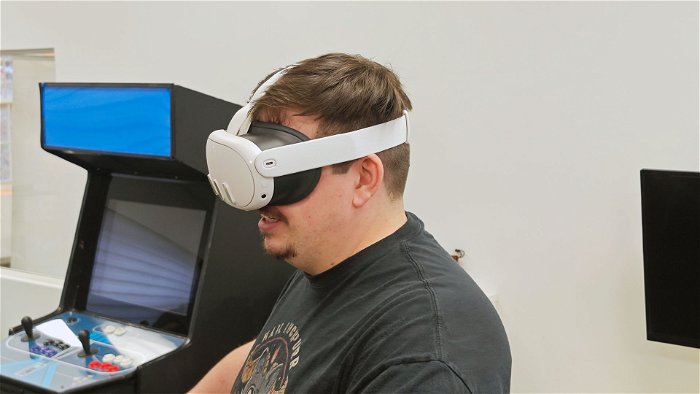
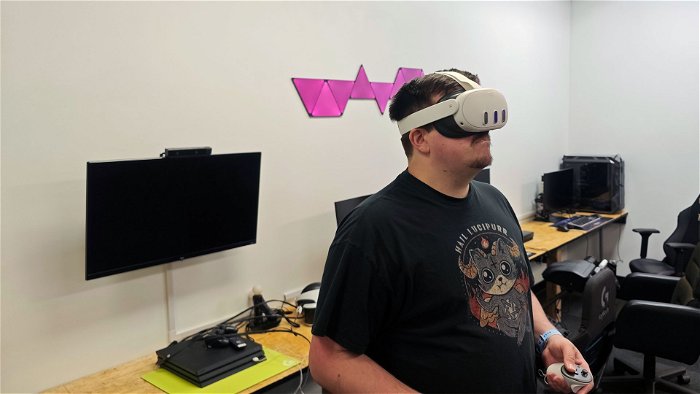
Thankfully, Meta has fulfilled that promise in almost every single aspect. Still maintaining a standalone Virtual Reality aspect, the step up in hardware alone is incredibly impressive. The Quest 3s 2064×2208 resolution per eye is an excellent leap to make everything look a little crisper compared to the Quest 2s 1832×1920 resolution per eye.
“Even when compared to comfort levels, the Meta Quest 3 is significantly better than the Meta Quest 2.”
The Meta Quest 3 is also sporting the next generation of the Snapdragon XR2 Gen 2 processor and 8 GB of RAM compared to the Meta Quest 2s, 6GB of RAM, and the first XR2 generation processor. Most notably, this leads to rough thirty percent faster load times, and the thirty percent upgrade in the GPU can really be seen in games, specifically ones that have a Quest 3 upgrade.
This is impressive when you consider the form factor overall is smaller in the Meta Quest 3, which means that not only does it sport around more power, but as a smaller device, it manages to compact it in meaningful ways.

Even when compared to comfort levels, the Meta Quest 3 is significantly better than the Meta Quest 2. This is due in part to the departure from the fully hard plastic band around the headset. Instead, the Meta Quest 3 replaces the full headband with a more solid front-end plastic to house the speakers and charging port. This leaves just a surprisingly comfortable strap to adjust, which, over the course of a few hours, never once started to feel uncomfortable.
To piggyback on this are the new controllers, which, at first glance, look like the Meta Quest 2 controllers but with the hard plastic band removed. The controllers are possibly the more lateral upgrade from the Meta Quest 2. While the form factor is better, the weight stays the same at a quarter of a pound, which is almost the exact weight of the Meta Quest 2 controller.
The response time on the controllers feels faster. When going back to test the Touch controllers on the Meta Quest 2, there was a visible lag compared to the Meta Quest 3s Touch Plus controllers. Also, the battery life is still amazing in them. During the two weeks I used them, I didn’t have to change batteries once.
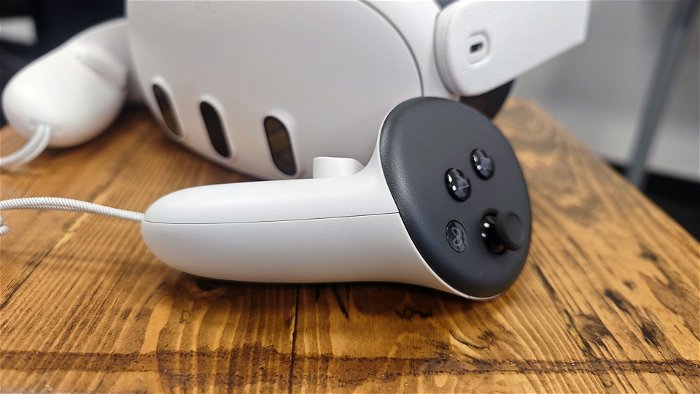
It was pretty much good to go after the initial set-up, which took a few minutes to install updates to the headset. The Wi-Fi in the Meta Quest 3 seems highly improved. I was able to download a few games while using its pre-packaged Augmented Reality game in just a matter of minutes.
Being able to background download at anything more than a crawl is a considerable improvement over the Meta Quest 2. Before, it would be rough to talk to friends on voice chat and download a game, let alone want to play a game and download another. Changes like this make the overall experience much smoother.
The AR game packed in with the Meta Quest 3 is a cute little title where you fend off aliens from attacking. But in reality, it is much more than that. It shows off the impressive pass-through upgrades over the previous generations. Not only is it much crisper, but it is also in colour now. I was able to walk around and pass from room to room without bumping into anything. Even checking my phone was simple in the pass-through mode. It’s incredible just how smooth it is.
What makes the AR even more impressive is the upgrade to hand tracking. This is thanks to the six external cameras and IR sensor built into the front of the Meta Quest 3. While the Meta Quest 2 only had four, this is where the real AR vision can be seen. The two full RGB 18PPD (Pixels-Per-Degree) cameras make the passthrough full colour and incredible. The black and white pass-through for the Meta Quest 2 walked so the colour high-density passthrough could run in the Meta Quest 3.
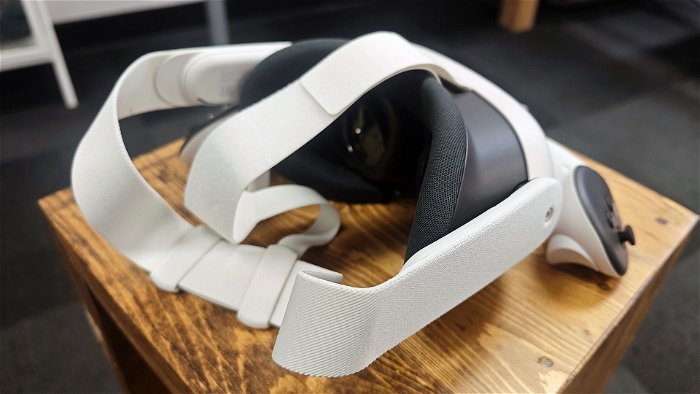
The pass-through packs in some exciting features, such as being able to pull objects from your room into the VR space within some of the AR apps. Like placing your real-life piano in and overlapping it with an AR piano player to teach you how to play or bringing Reels into your VR space so you can watch and write via remote desktop simultaneously. The possibilities are virtually limitless with Meta’s incredible steps with the passthrough.
To test it out, I even downloaded the free Remote Desktop app and am writing this with my Meta Quest 3 headset on in VR. That is something that the Meta Quest 3 keeps pushing on me is that we have barely scratched the surface of VR, and things like incredible pass-through are just another step.
“The possibilities are virtually limitless with Meta’s incredible steps with the passthrough.”
This drastically changes how you set boundaries this time as well. Instead of just drawing a space around you in VR, you can add 3D objects present in your room, like a couch, table, nightstand, etc. The Meta Quest 3 will take it into account when using AR games and while you are playing VR games.
During my review period, I tooled around in some old and newer Meta Quest 2 games. This included Vader Immortal, Saints and Sinners Retribution, Beat Saber, and Zenith. This is where I was reminded of the shortcomings of the previous generation headset. Vader Immortal loaded roughly three seconds faster, but the visuals did not look comparably different, and the same can be said for Beat Saber and Zenith.
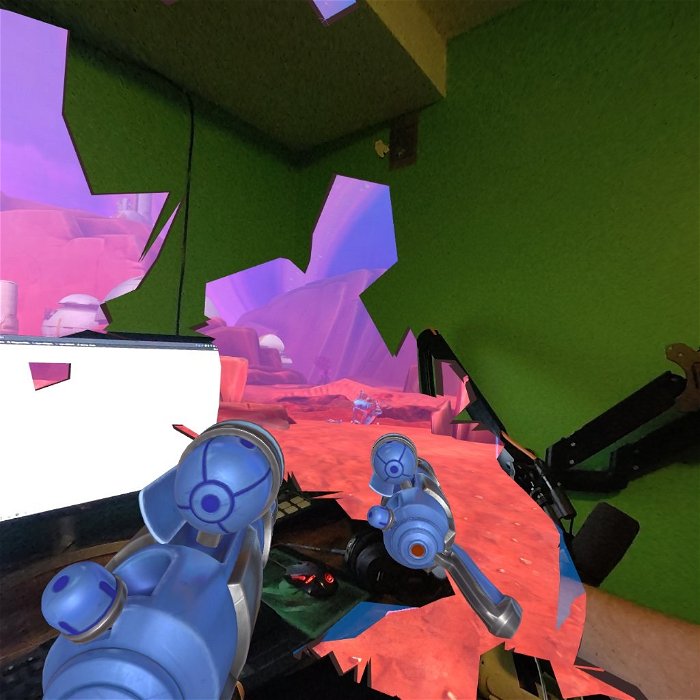

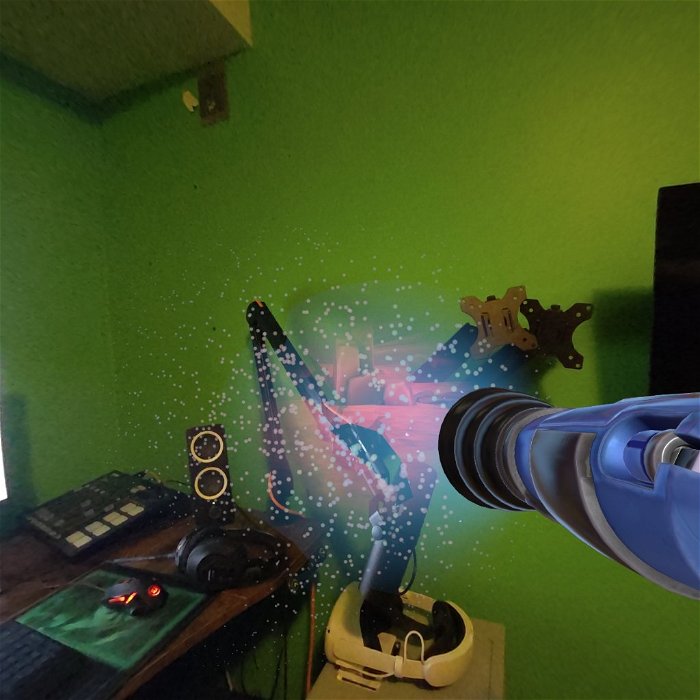


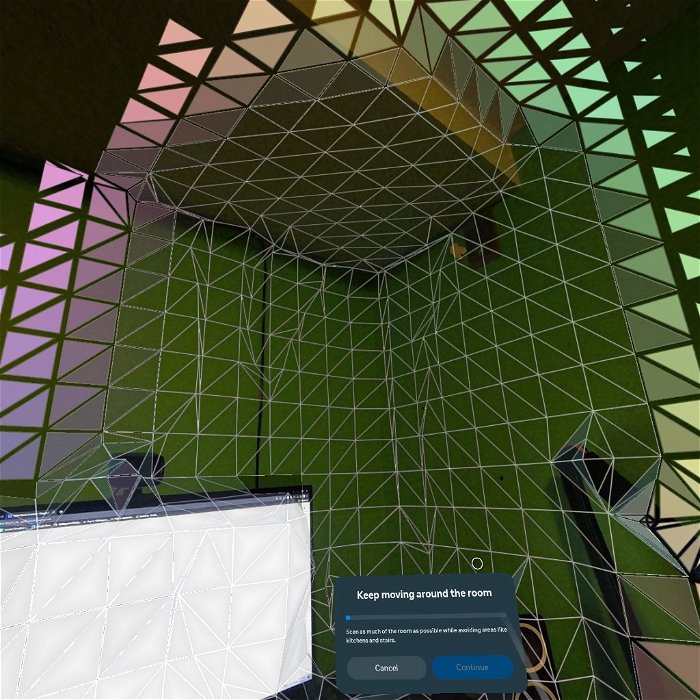
Saints and Sinners Retribution, on the other hand, seemed to have some drawbacks when played on the Meta Quest 3. Load times were rough, seemingly longer, and it got hung up a few times, requiring me to quit out and reload it. Once it did load, the textures looked incredibly muddy, and the sound wasn’t entirely syncing up. I am not sure if this is a Meta Quest 3 issue or just the Meta version of the game, as I know it is the least favourable way to play the game.
“Meta has found ways to push the boundaries of affordable Virtual Reality with the Meta Quest 3.”
Thankfully, I was able to get my hands on the first game that felt like it took full advantage of the horsepower behind the Meta Quest 3, and it was the 7th Guest. Vertigo Games knows how to make a great VR game, and you can read its review here. But once I booted it up, everything felt more pristine.
The game world itself looked really good. You could tell the game used the new power with its mechanics of seeing the past through a flashlight on the fly. It was a great experience, and I really hope this flood of games that we are getting over the next few months continues to push the VR world forward like 7th Guest has.
If there was one thing I wish had been improved, it’s the battery life. Thankfully, it isn’t worse. In fact, it’s roughly the same, which is saying a lot since the hardware inside is significantly more robust. So until the battery bank is released, the two to three-hour battery life will have to do.

The Meta Quest 3 makes strides into VR that feel genuinely futuristic. Meta has found ways to push the boundaries of affordable Virtual Reality with the Meta Quest 3. In some ways, it pushes past the hardwired devices with its incredible pass-through, which has limitless possibilities, all while being wireless is incredible. The battery life does leave something to be desired, but the trade-off is entirely worth it.






